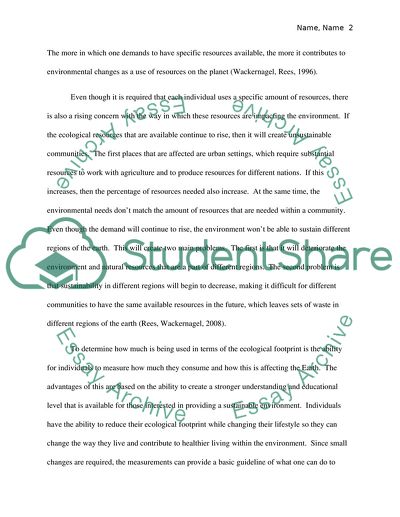Cite this document
(“The Concept of the Ecological Footprint Assignment”, n.d.)
Retrieved de https://studentshare.org/environmental-studies/1569941-reflections-on-the-ecological-footprint
Retrieved de https://studentshare.org/environmental-studies/1569941-reflections-on-the-ecological-footprint
(The Concept of the Ecological Footprint Assignment)
https://studentshare.org/environmental-studies/1569941-reflections-on-the-ecological-footprint.
https://studentshare.org/environmental-studies/1569941-reflections-on-the-ecological-footprint.
“The Concept of the Ecological Footprint Assignment”, n.d. https://studentshare.org/environmental-studies/1569941-reflections-on-the-ecological-footprint.


